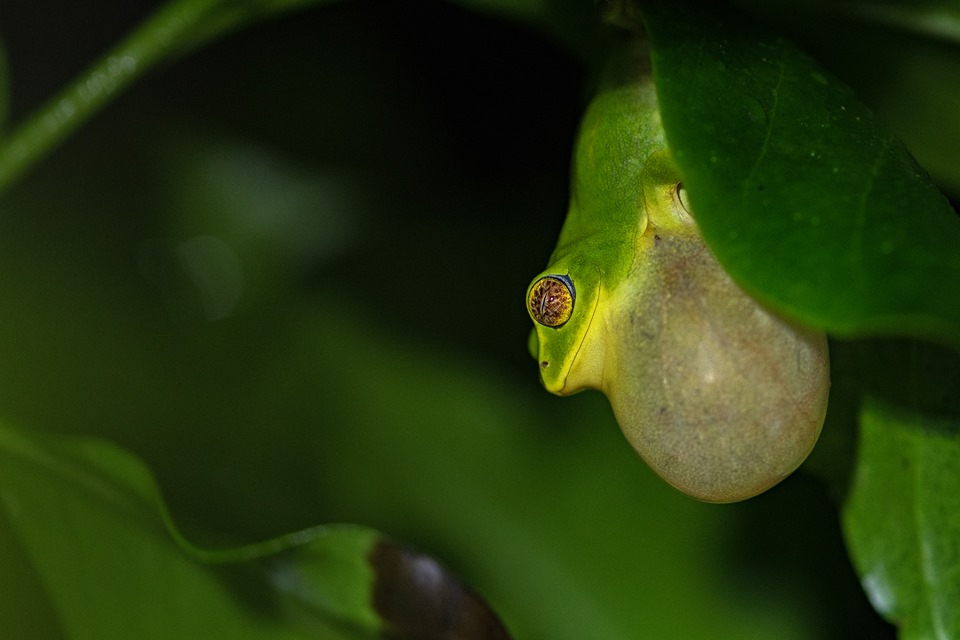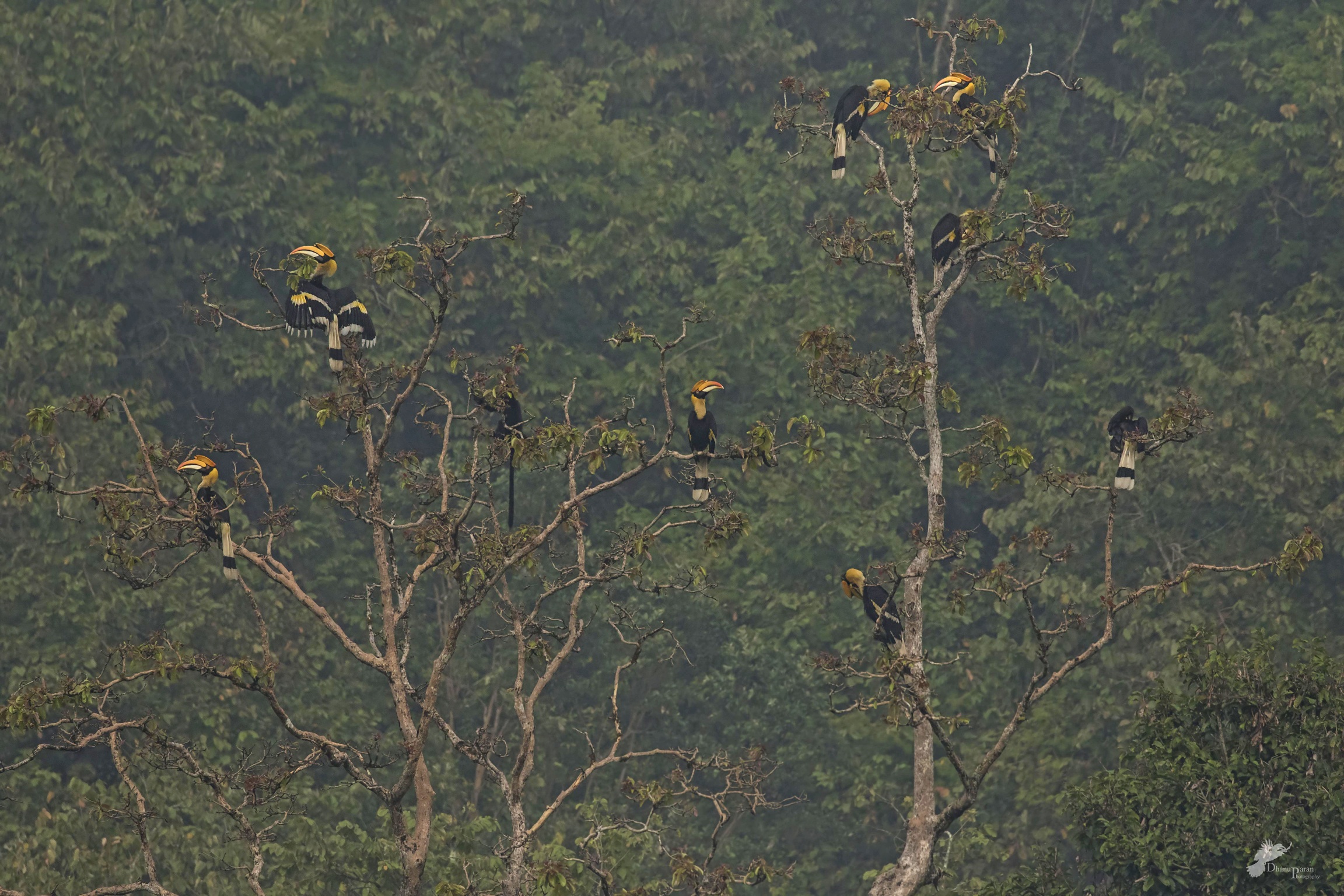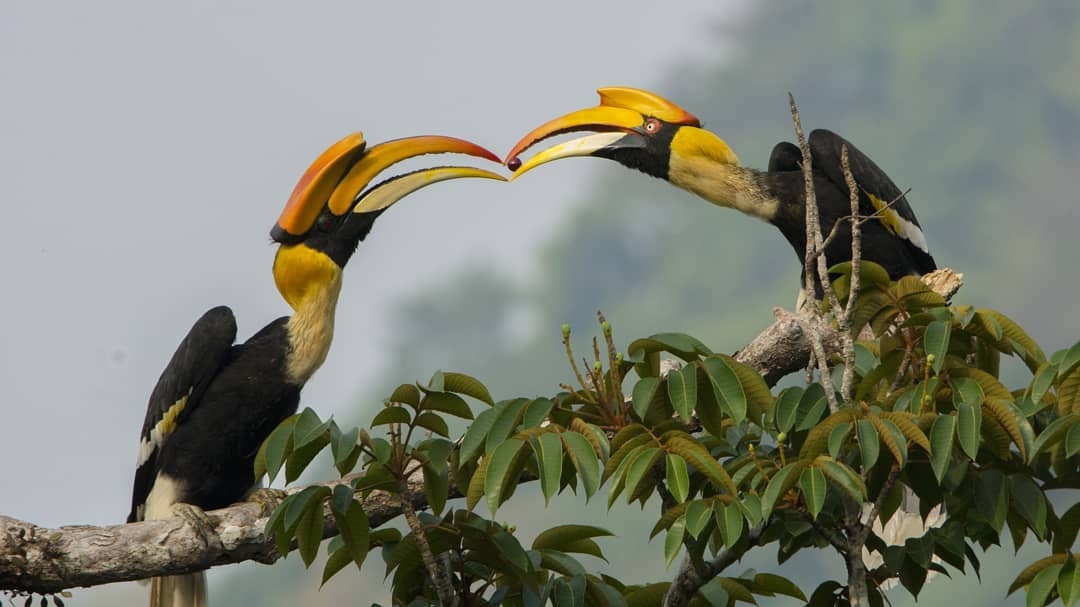India is presently home to 384 species of amphibians with the Western Ghats constituting for more than 50% of the species. One of the richest biodiversity hotspots in the world, the area has lost more than 70% of its original extent, making it one of the 34 hotspots in the world, that are critically endangered. This includes the Anamalai Tiger Reserve in Pollachi’s backyard, a pristine forest tract that is largely unexplored but requires imperative measures to conserve them.
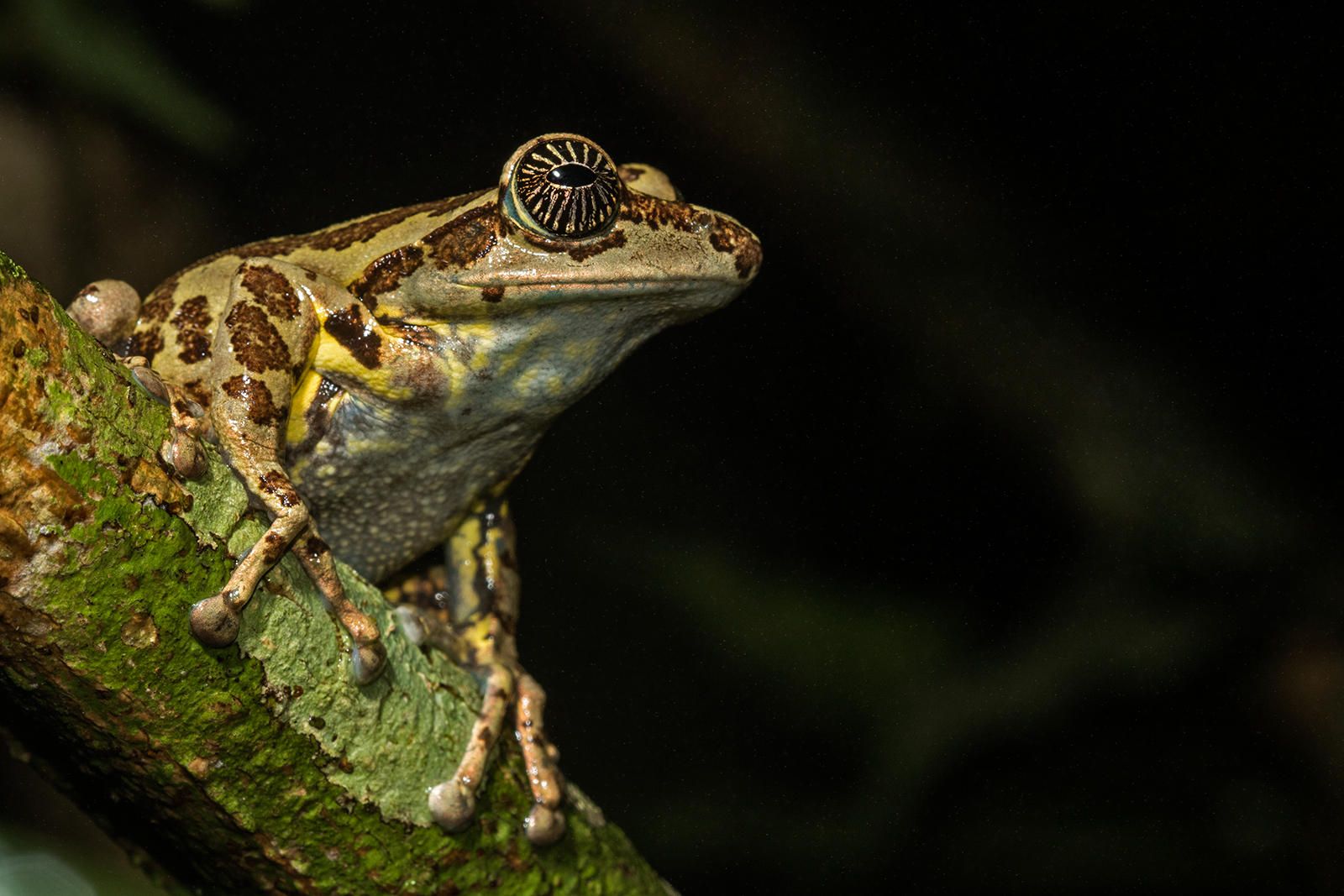
One such way to study, understand and conserve our forests is through our froggy friends. Yes! Frogs are excellent ecological and environmental quality indicators. Small changes caused by pollution affects them adversely and in many cases, populations of frogs could possibly die out overnight. This article outlines the introduction to the three families of frogs that are endemic (native to that area and found nowhere else in the world) to our region.

Nasikabatrachus literally translates into Nose-frog. The family, Nasikabatrachidae which has only one species of frog called Nasikabatrachus sahyadrensis, currently occurs only in the southern parts of Western Ghats. This frog’s feet have evolved a thick burrowing apparatus known as a metatarsal tubercle which allows it to dig several feet under the ground and survive beneath the ground for several months. This is an evolutionarily significant species with its closest relatives occurring in Seychelles.
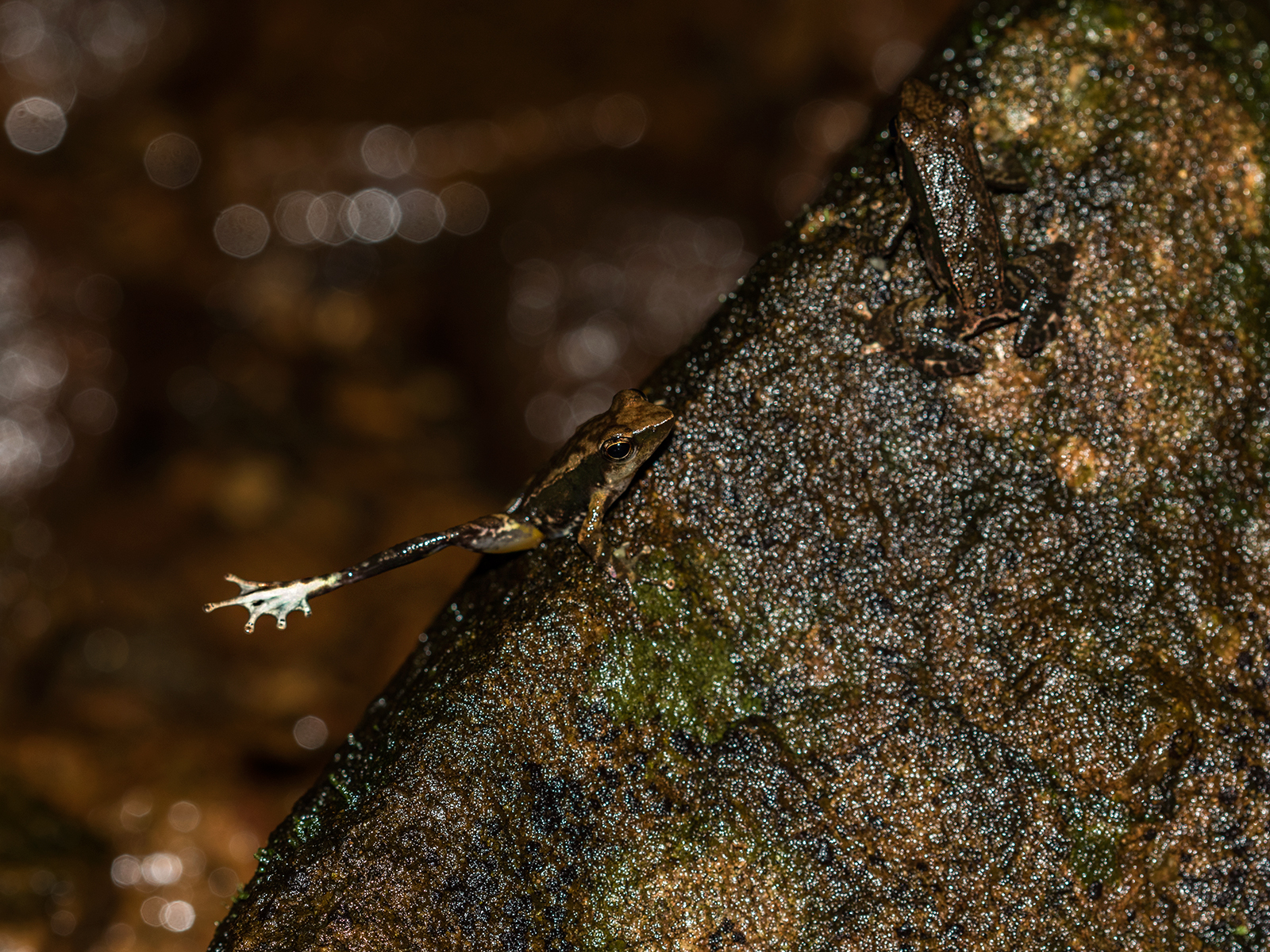
Micrixalidae, popularly known as the dancing frogs, live in fast-flowing streams and have evolved a brilliant mating adaptation. Apart from just calling out to their females, they also spread out their hind feet and make a wave-like motion in the air, sitting on top of rocks.
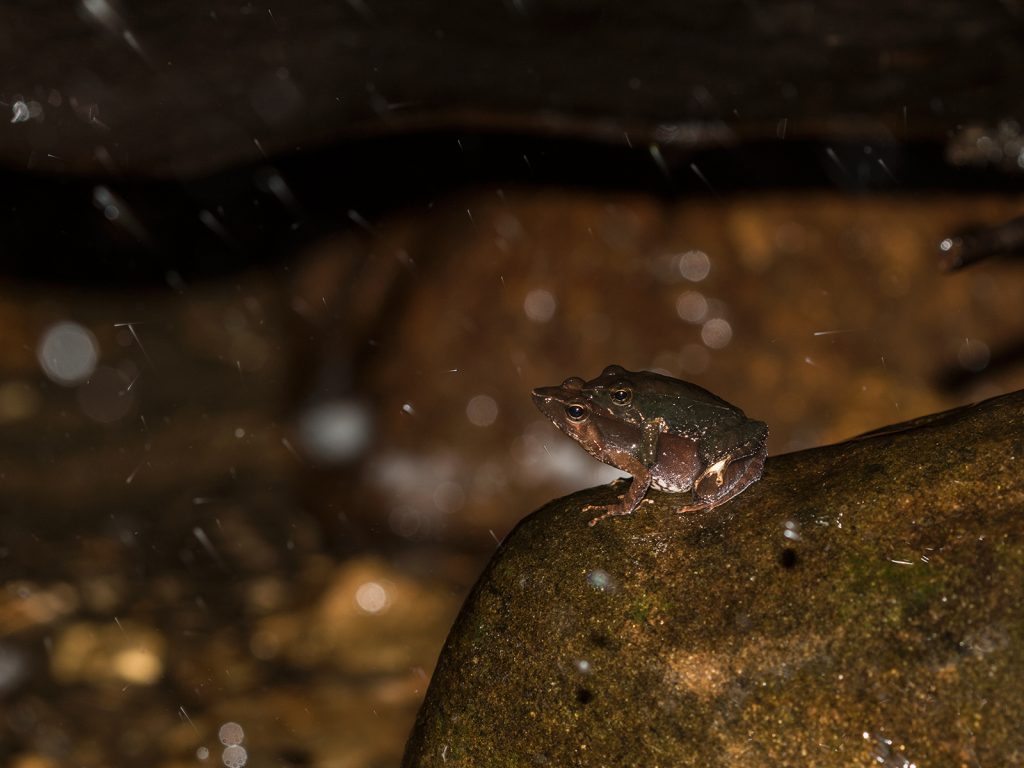
This allows better visibility for the females, as the calls sometimes get drained out in the sound of the stream. This behavior of theirs is very similar to the Panamian Golden Frog, found in the forests of Panama in South America.

Ranixalidae, ha, the leapers! Distributed across the length of the Western Ghats, they don’t have a brilliantly visible vocal sac nor do they burrow and don’t come out for months or wave their feet in the air! But, they leap and cling onto some of the smoothest rocks and at the most precarious spots. Their secret is their fingers and toes that have adapted disc-like apparatus which provides the grip that they need.
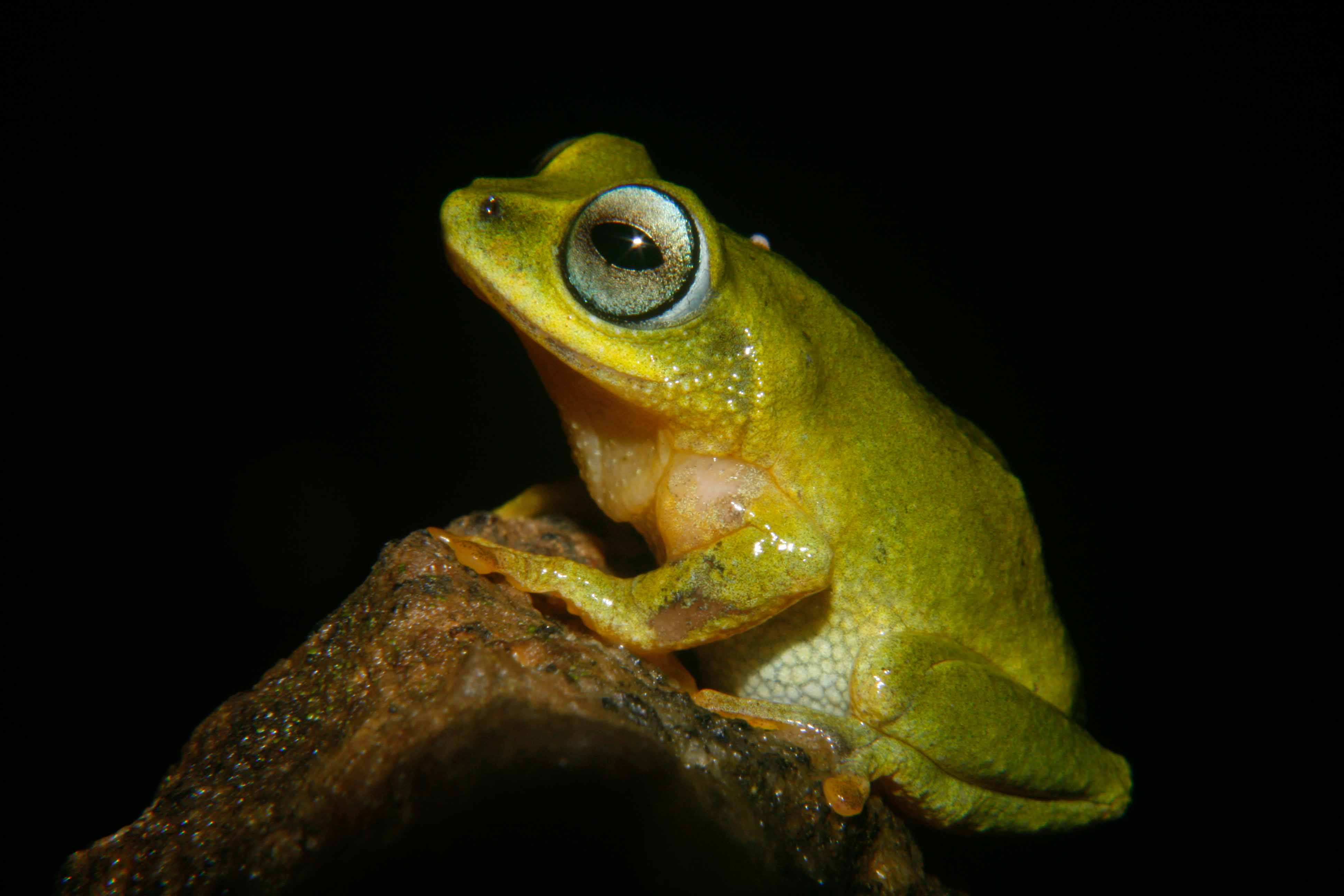
The amphibians in the Western Ghats are threatened by habitat loss and degradation in habitat quality. Added to these pressures a new threat has risen from the deadly chytrid fungal disease of amphibians. This fungal disease is known to have resulted in the extinction of more than 200 species of amphibians across the globe. As of the year 2015, eight species of Western Ghat endemic amphibians have been discovered to harbor the fungus. This discovery is part of an on-going project by a team of researchers from Wildlife Information Liaison Development (WILD) Society and Zoo Outreach Organization, an NGO based at Coimbatore.
When it comes to observation and photography, amphibians are often overshadowed by big cats and other mammals. Frogs are a really important species in the web of life and with many species being discovered and still many others waiting to be described, let’s ensure we appreciate the beautiful little equally and ensure their populations are sustained.

